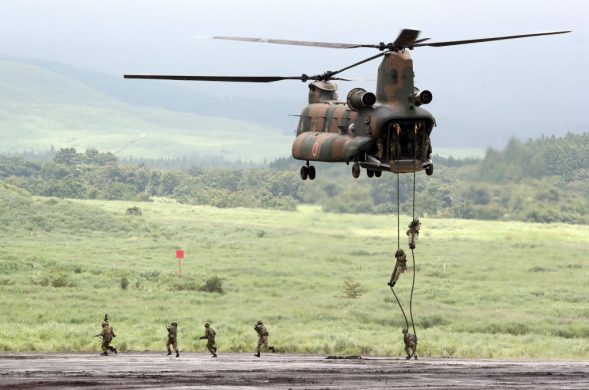August 1st, 2016, marks the 6th anniversary of the entry into force of the Oslo Convention (Convention on Cluster Munitions), which bans the use, production, stockpiling, and transfer of cluster munitions.
Despite the success of the Convention, cluster munitions were used in five countries between July 2014 and July 2015: Libya, Syria, Sudan, Ukraine and Yemen—all non-signatory States.
There have not been this many States or non-State actors involved in the use of cluster munitions since the Convention came into effect in 2010.
Langt de fleste ofre er civile
The 2015 Cluster Munition Monitor report showed that 92% of recorded victims of cluster munitions are civilians.
Dropped from aircraft, or fired from the ground, cluster bombs are designed to open in the air, releasing sub-munitions (“bomblets”) over an area that can be as large as several football fields.
Up to 40% of these sub-munitions do not explode on impact, endangering the lives of civilians sometimes for decades after a conflict has ended, and disrupting the economic and social lives of people living in polluted areas.
Store mængder våben er destrueret
Significant steps have been made to increase the number of States parties to the Convention. Several new States, including Cuba, recently joined.
Out of the 119 signatory countries, 100 are full States Parties, making the Convention a powerful arms control instrument. What's more, 28 States parties have destroyed 1.3 million cluster munitions—equivalent to 88% of the declared cluster munitions stockpiled by States Parties.
The United States has yet to join the Convention on Cluster Munitions.
Advocates celebrated the White House's quiet move this past spring to suspend future cluster munition transfers to Saudi Arabia.
The U.S. has not yet joined the Mine Ban Treaty, though the Obama Administration did promise in Sept. 2014, that troops will not use anti-personnel landmines outside of the Korean Peninsula.















